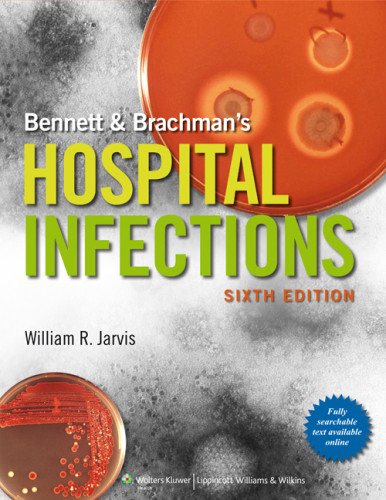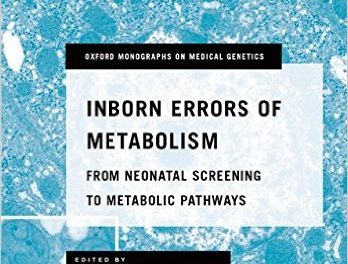 Editor: William R. Jarvis, MD
Editor: William R. Jarvis, MD
Publisher: Wolters Kluwer | Lippincott, Williams & Wilkins – 772 pages
Book Review by: Nano Khilnani
This book has been developed to foster prevention of healthcare assisted infections (HAIs) at local, national and international levels. While efforts in this area by prevention specialists have been going on for decades, it is only now that the general public is demanding and pinpointing accountability to minimize the incidence and spread of disease, Dr. Jarvis point out in the Preface.
In the United States, such public effort has resulted in legislation requiring public reporting of HAIs and stepping up of disease-prevention activities. On a global level, The World Health Organization (WHO) has taken a more active role in patient safety efforts and its worldwide hand hygiene campaign.
Dr. Jarvis has put expertly compiled and organized, and presents in this book a lot of material in the various aspects of hospital infections, and how to prevent them in proactive ways.
Ninety-one contributors from around the United States and in Argentina, Canada, France, Hong Kong, Italy, Singapore, and Switzerland authored the 48 chapters of this book organized into three Sections:
- General Considerations of Hospital Infections
- Functional Areas of Concern
- Endemic and Epidemic Hospital Infections
This book comes with access to its complete contents online, fully searchable, and other useful features. Here is how to get access:
- Visit http://lww.com
- Enter your access code available by scratching off the grey sticker on inside front cover
- Enter your access code
- Follow instructions to activate your access
This website is for a single user. To get multi-user access, call 1-800-468-1128 in the United States or 1-410-528-400 outside the U.S. Or email: [email protected]
Some of the areas of the hospital where infections arise and spread, and the topics covered in this book include: ambulatory care settings; antibiotic resistance; antimicrobial stewardship; burn wound infections; dialysis-associated complications; disinfection and sterilization; economic costs of disease control and prevention; endemic and epidemic infections; epidemiology; food-borne disease prevention; fungal infections; hygiene; infections in transplant recipients; infections of implantable cardiac and valvular devices; laboratories’ roles; miscellaneous procedure-related infections; molecular biology of resistance; neonatal and newborn nurseries; nosocomial tuberculosis; occupational health services; patient safety; perioperative suites; prevalence surveys; public reporting of healthcare-associated infection rates; respiratory viral infections; surgical site infections; bloodborne pathogens;
The content in the 48 chapters of this voluminous and highly useful book has been organized for easier understanding of analyses, data, and the main points in each chapter. Charts, figures, tables are used extensively. Each chapter ends with a short Conclusion (for those who want to get the gist of the chapter and come back for closer study) and a long list of References for further exploration and study on some topics.
This is an authoritative book on the subject of infections in hospitals and other healthcare settings, produced with the contribution of expertise by many specialists and the superb editorial efforts of Dr. Jarvis.
William R. Jarvis, MD is President of Jason and Jarvis Associates, LLC with offices in Port Orford, Oregon, Hilton Head Island, South Carolina, and San Francisco, California.







